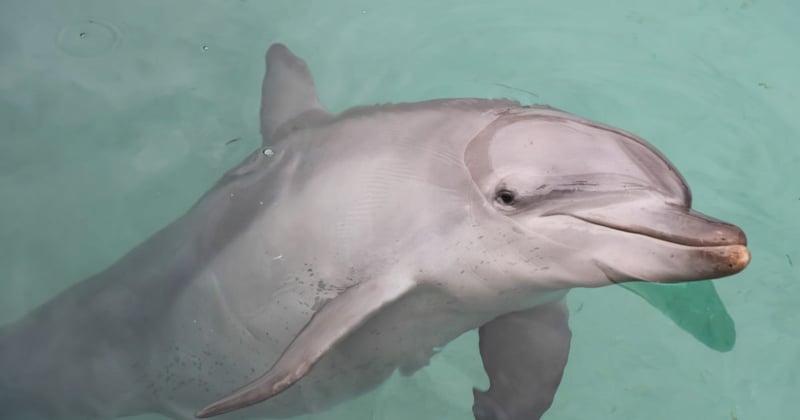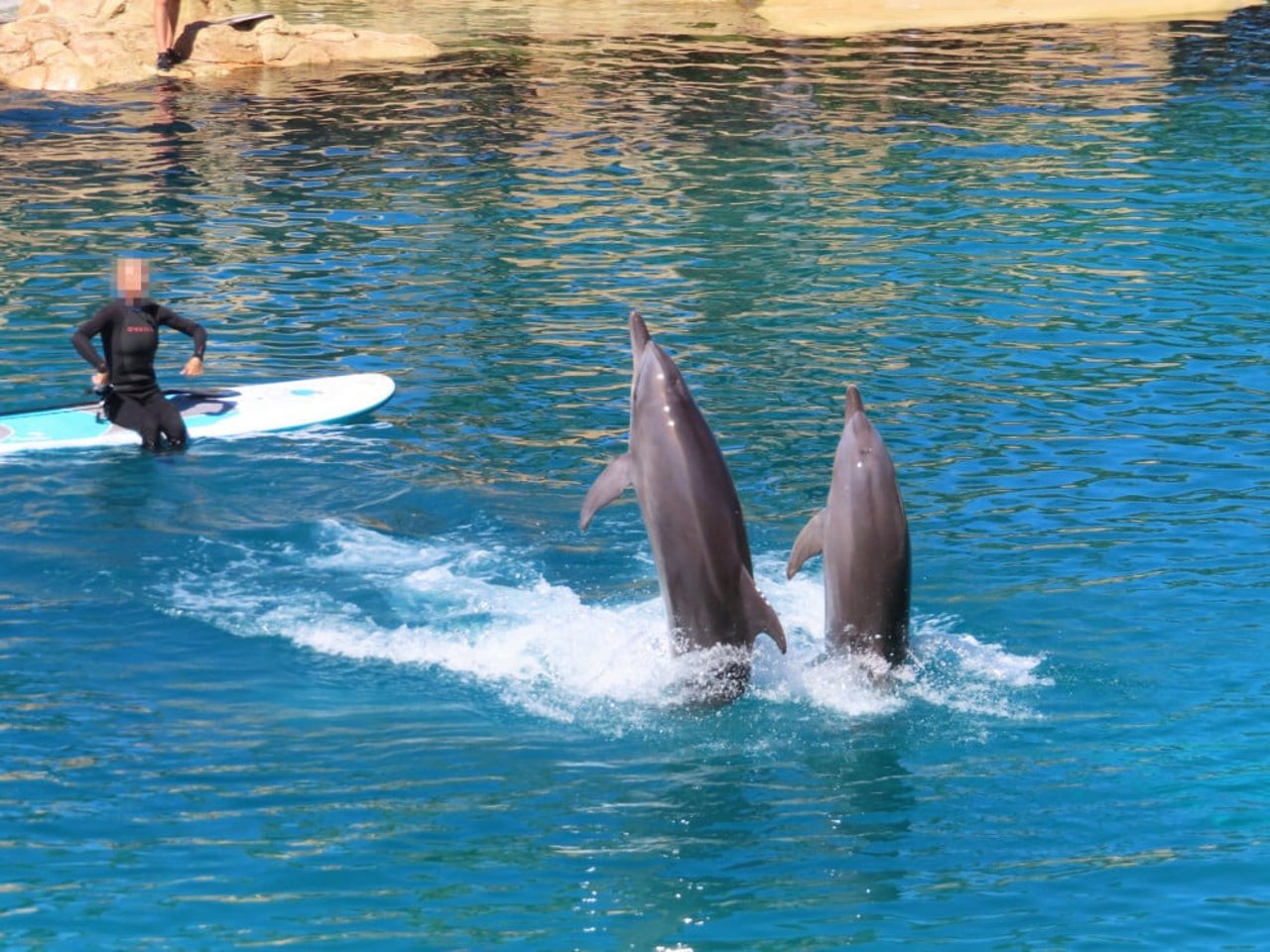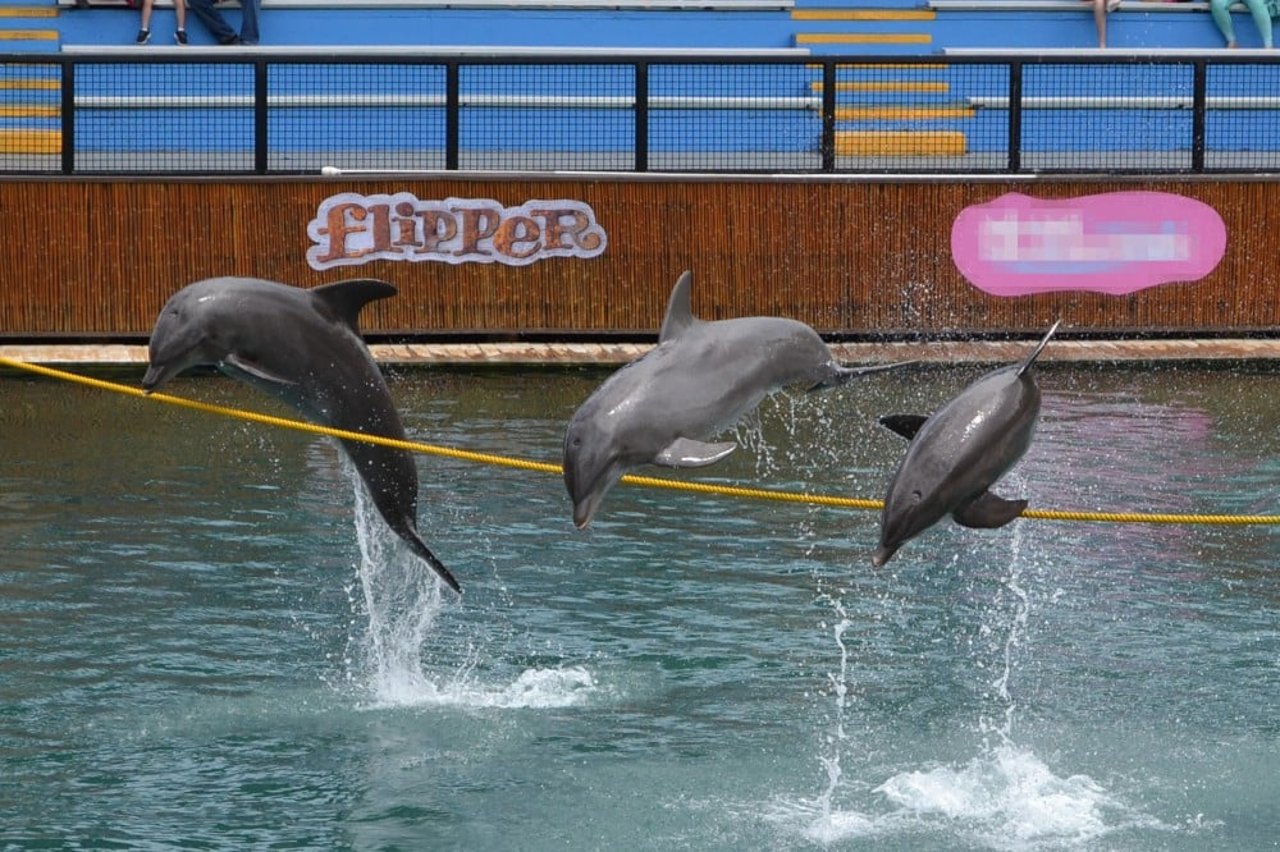
What the entertainment industry doesn’t tell you about using dolphins for TV.
In the 1960s, Flipper was a popular television show about Porter Ricks, a park ranger at the fictional Coral Key Park and Marine Preserve, his two sons Sandy and Bud, and their pet dolphin, Flipper. The show was known as the aquatic version of Lassie, with Flipper getting involved in situations to protect the park with the family.
While the show was a hit, especially among children, using dolphins for entertainment involves constant animal abuse and cruelty. Keep reading to learn more about the show’s sad reality.
1. Flipper was played by five different captive dolphins
...and they were all female. Their names were Kathy, Susie, Scotty, Patty, and Squirt. Females were used because they were less aggressive and looked better on tv (males had scars from altercations with other dolphins). All five dolphins lived in captivity where they likely displayed signs of stress, including swimming in circles and floating lifelessly on the water due to boredom.
2. Flipper made the cruel dolphin “tail walk” famous
In the show, Flipper would often perform a tail walk—a trick popular in dolphin performances where they rise vertically out of the water and move forward or backward as though “walking” on their tails. The female dolphins were unable to learn this trick, so the producers brought in a male named Clown for this instance only. This behavior is not natural and is only learned using food deprivation.
Dolphins forced to perform at Miami Seaquarium.
3. Kathy committed suicide in front of her trainer
Kathy, the dolphin used most for the role of Flipper, was one day found covered in black blisters and barely moving. Her trainer Ric O’Barry was called in and Kathy soon died in his arms. According to O’Barry, Kathy was depressed due to the unnatural conditions of captivity and forced herself to stop breathing. He ruled the death a suicide since dolphins are known for their high intelligence and self-awareness. Shook by this experience, O’Barry left the animal entertainment industry to start the Dolphin Project and continues to dedicate his life to ending dolphin captivity.
4. Filming was held at the Miami Seaquarium, a venue with a history of animal welfare violations
One of the oldest marine amusement parks in the country, Miami Seaquarium was the home base for Flipper. Over the years, many dolphins and other marine animals have suffered and died at the venue due to the stress of performing, poor diets, and unnatural conditions. The venue’s most famous resident, Tokitae, has been living at the Seaquarium since 1970. Fortunately for Tokitae, she will be released to a seaside sanctuary. But many other animals continue to suffer at the venue.
Dolphins forced to perform at Miami Seaquarium.
Fighting for Freedom
At World Animal Protection, we are working to make this the last generation of wild animals in captivity. Dolphins belong in the wild, not in captive environments where they’re unable to live natural lives. We advocate for captive dolphins to be released to seaside sanctuaries, where they can live the rest of their lives in a more natural environment. Through public education, corporate engagement, and the development of responsible alternatives, we are working towards a world where dolphins and other wild animals live free from suffering.
Want to help end the captive wildlife entertainment industry? Get involved and urge Groupon to stop selling cruel wildlife entertainment deals.

